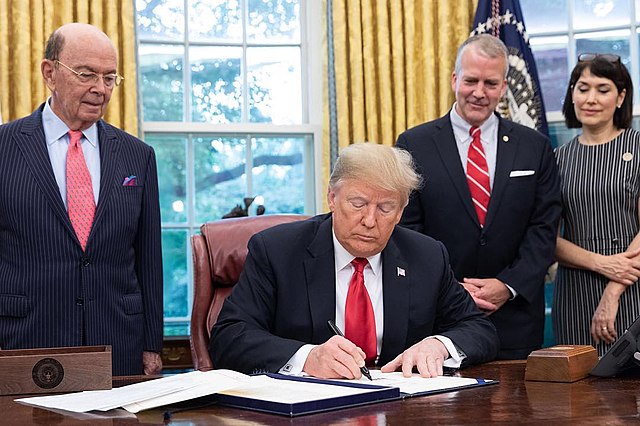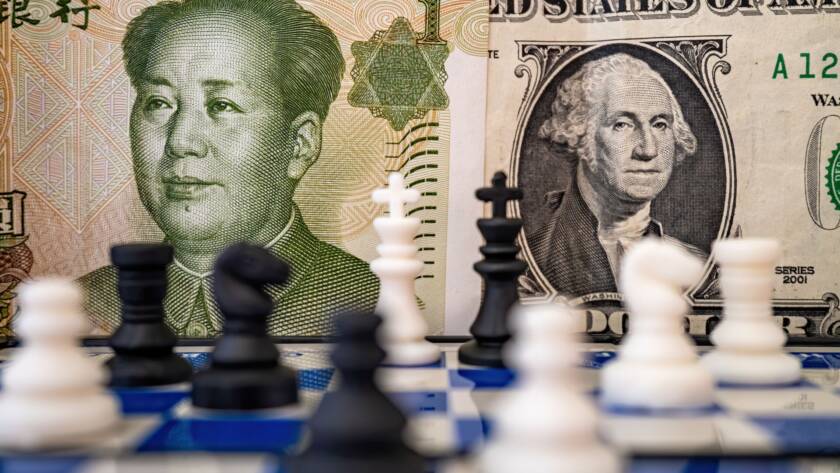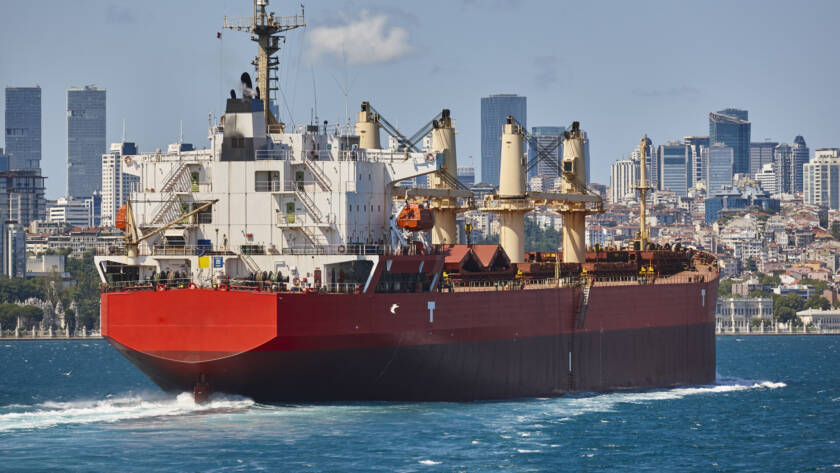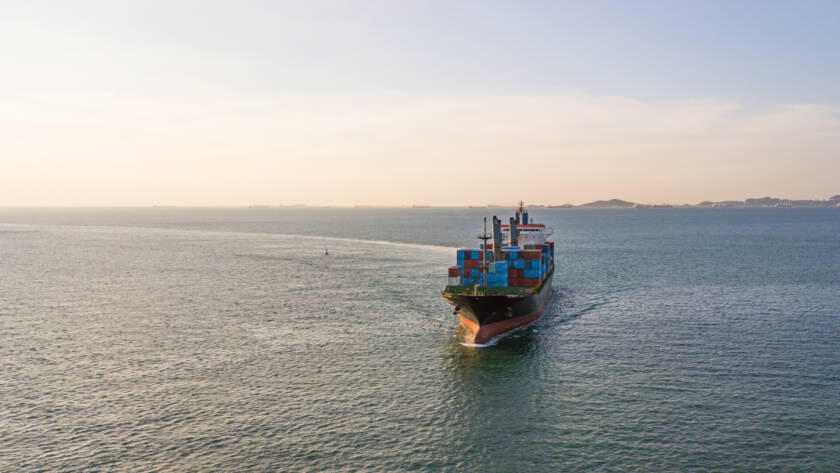This week’s election of Donald Trump as the U.S.’s 47th president is almost certainly likely to lead to another trade war with China, and further tariffs on American imports. During the campaign, Trump said his favorite word was tariff and floated a universal 10% tariff and specific duties on Chinese imports as high as 60%.…














